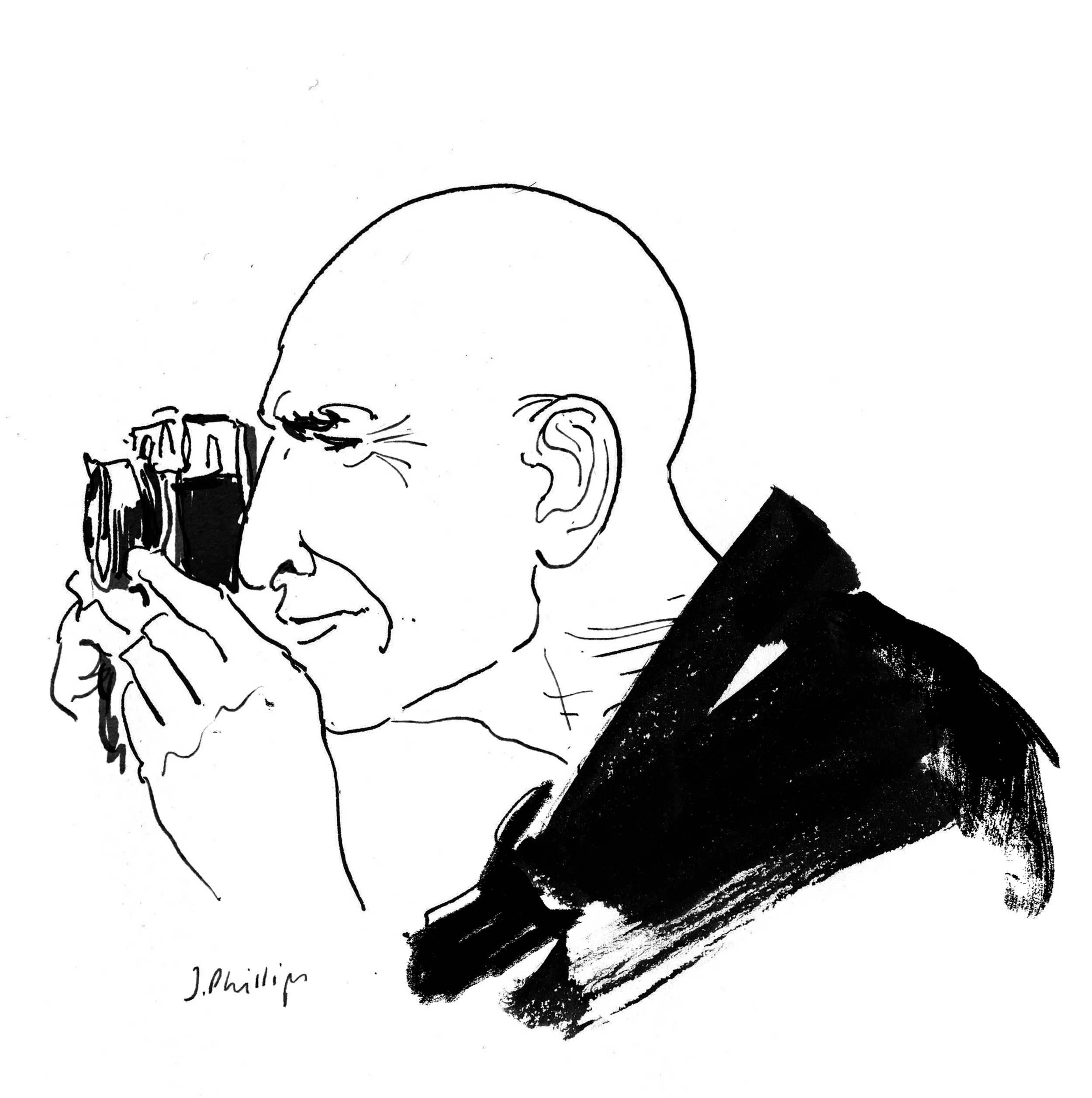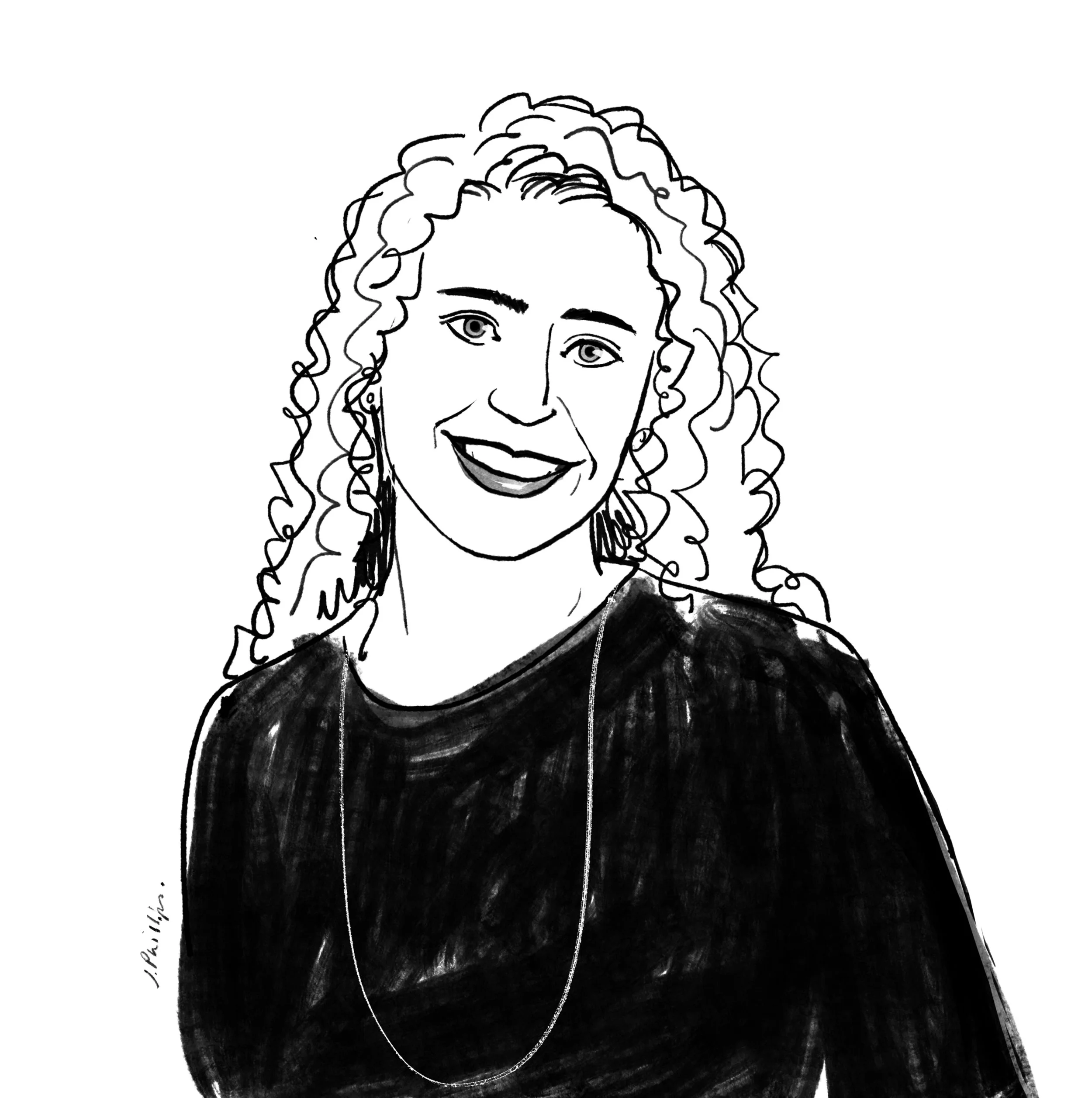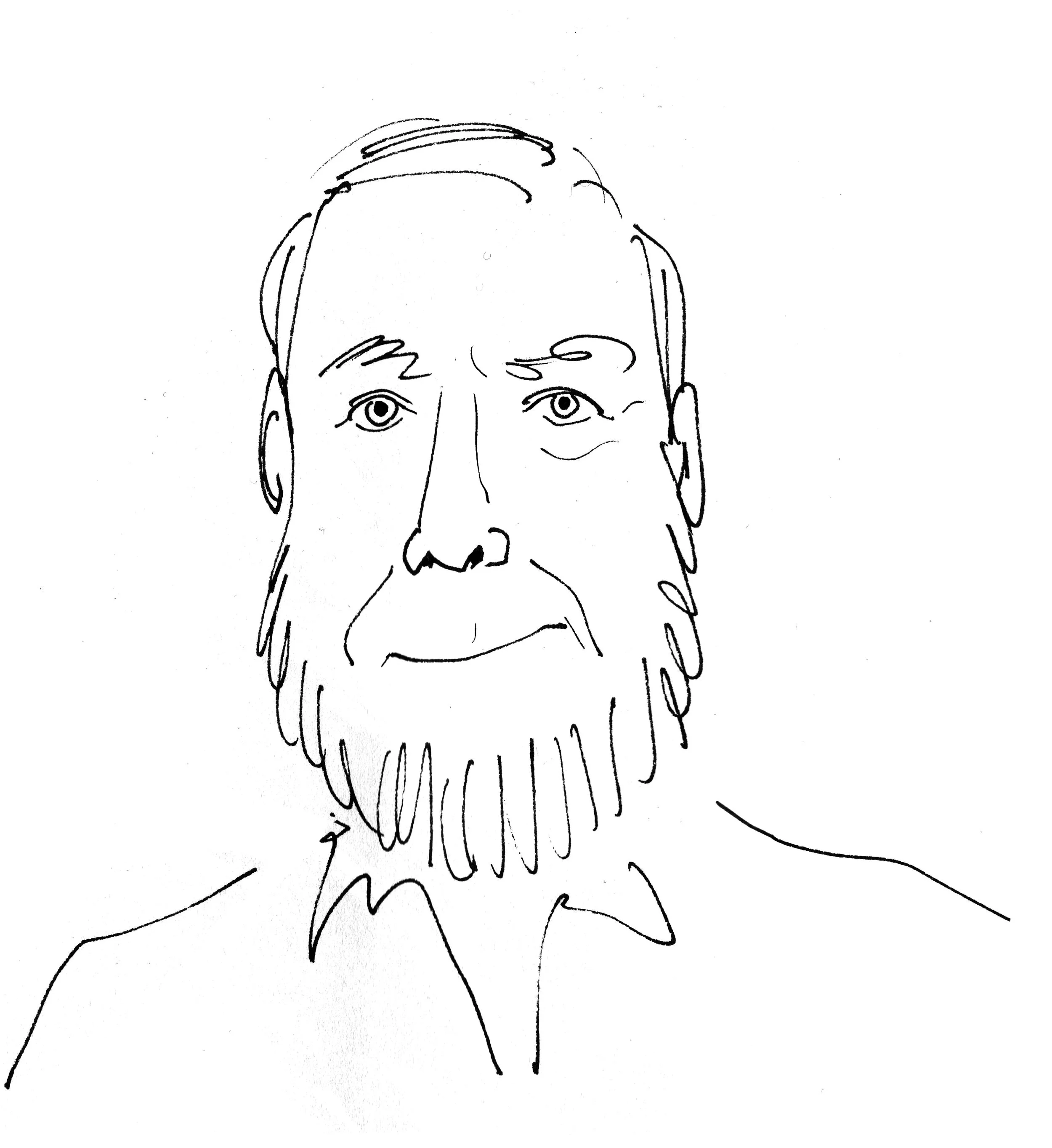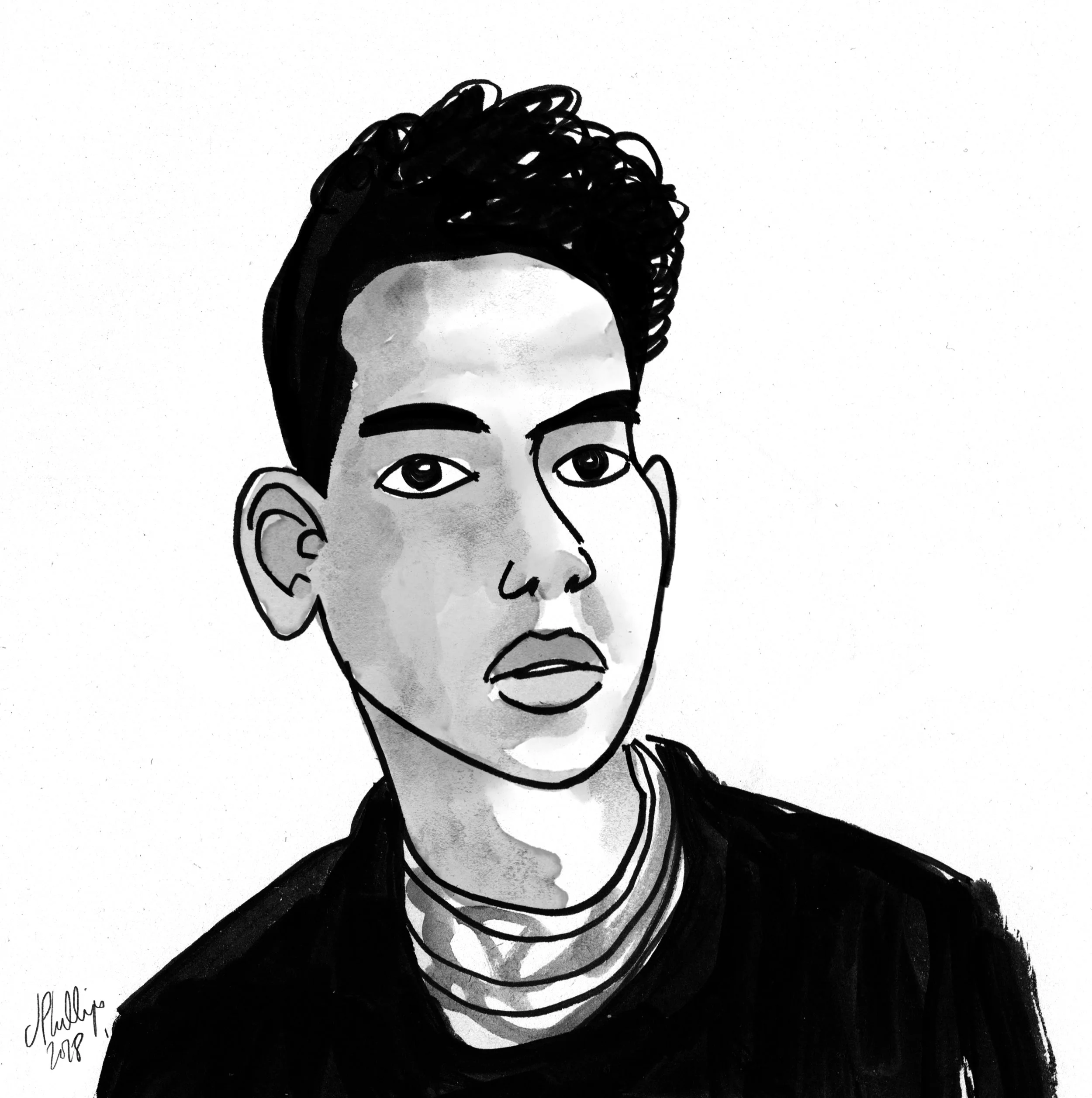Bruce Davidson, Photographer
Bruce Davidson is an award-winning photographer known for documenting New York City in his book Subway, and for photographing communities where most outsiders weren’t welcomed.
After Bruce’s military service in 1957, he worked as a freelance photographer and joined Magnum Photos in 1958. He has published numerous photo projects, exhibitions, and his works are in the collections of the Art Institute of Chicago, the National Gallery of Art in Washington D.C., The Museum of Modern Art in New York, and many more.
Bruce shares three photo books that inspire his work and a photographic memory that changed him.
The Concerned Photographer Vol. 2,
by Cornell Capa
“This book was published in 1972 and edited by Cornell Capa, who was a mentor to me. The term “The Concerned Photographer” is about capturing the human condition and the power of photographs to educate and cause change in the world. As W. Eugene Smith put it, “If my photographs could cause compassionate horror within the viewer, they might also prod the conscience of that viewer into taking action.” Smith was one of my heroes and I felt that the cumulative effect that was implicit in his powerful images inspired action in me.”
U.S Camera 1954,
Edited by Tom Maloney
“I came across US Camera 1954 when I was a college student. The book is significant for me as it was the very first time I saw “Welsh Miners” by Robert Frank. That image was so inspirational that when I was in the Army, stationed near Paris, I asked my Welsh sergeant, where would he send his worst enemy. His reply was “ Cwmcarn, Wales.” I got a three-day pass to travel there but only had a few hours to spend before heading back to headquarters. Even though I took few photographs that day, I needed to just go there and experience it. Robert Frank’s images are lyrical, almost musical. His images weren’t just factual but communicated feeling. The photographs he made during that period inspired me to explore his world and also the world of the miners. To me, his way of seeing was pure poetry.”
The Decisive Moment,
by Henri Cartier-Bresson
“In the early 1950’s, while a student at R.I.T., I courted a beautiful, young woman in my class. One day she invited me to sit on the couch in the woman’s lounge to look through a volume of images by Cartier-Bresson called The Decisive Moment. She read me part of the introduction, “I believe that, through the act of living, the discovery of oneself is made concurrently with the discovery of the world around us.” These words really resonated with me and the images in that book challenged my notion of what a picture could be. I was inspired enough to get a camera and mimic what I had seen to win the girls’ affection but she ran off with the English professor instead. Luckily for me, my love for Cartier-Bresson and photography endured.”
Bruce, could you describe a photographic memory of a moment that changed things for you?
When our daughter, Jenny Davidson, came out of her mother’s womb and was born. I tried to take a picture but my knees went weak. Actually, when she was delivered she had more hair than I had at the time! Life is precious and should be respected.
What’s the best piece of advice you’ve received?
I once shot a film in 1973 with Isaac Bashevis Singer called, Mrs. Pupko’s Beard. While attempting to reshoot a scene from various camera angles, Singer said “What if God said, let there be light four times? “The worst this film is going to be is the best this film is going to be,” and he was right.
What are some habits that keep you going creatively?
I like to nosh. It keeps me going! Also, beauty and beautiful women.
I’m an early riser and like to start working in the morning. This served me well when I was shooting in Birmingham, Alabama in 1963. I left my hotel room early to follow the civil rights marches and found out later that someone blew up the hotel and my room was now a large hole.
In your view, what is something in the photo industry that deserves more attention?
I think the photo industry should support or sponsor up and coming, young photographers. Not just for a day or a week, but years. If I hadn’t had my Guggenheim fellowship, I wouldn’t have been on a freedom ride, so that support meant a great deal to me.
Also, older photographers in need! There are many out there that would also benefit from support from the industry.


















